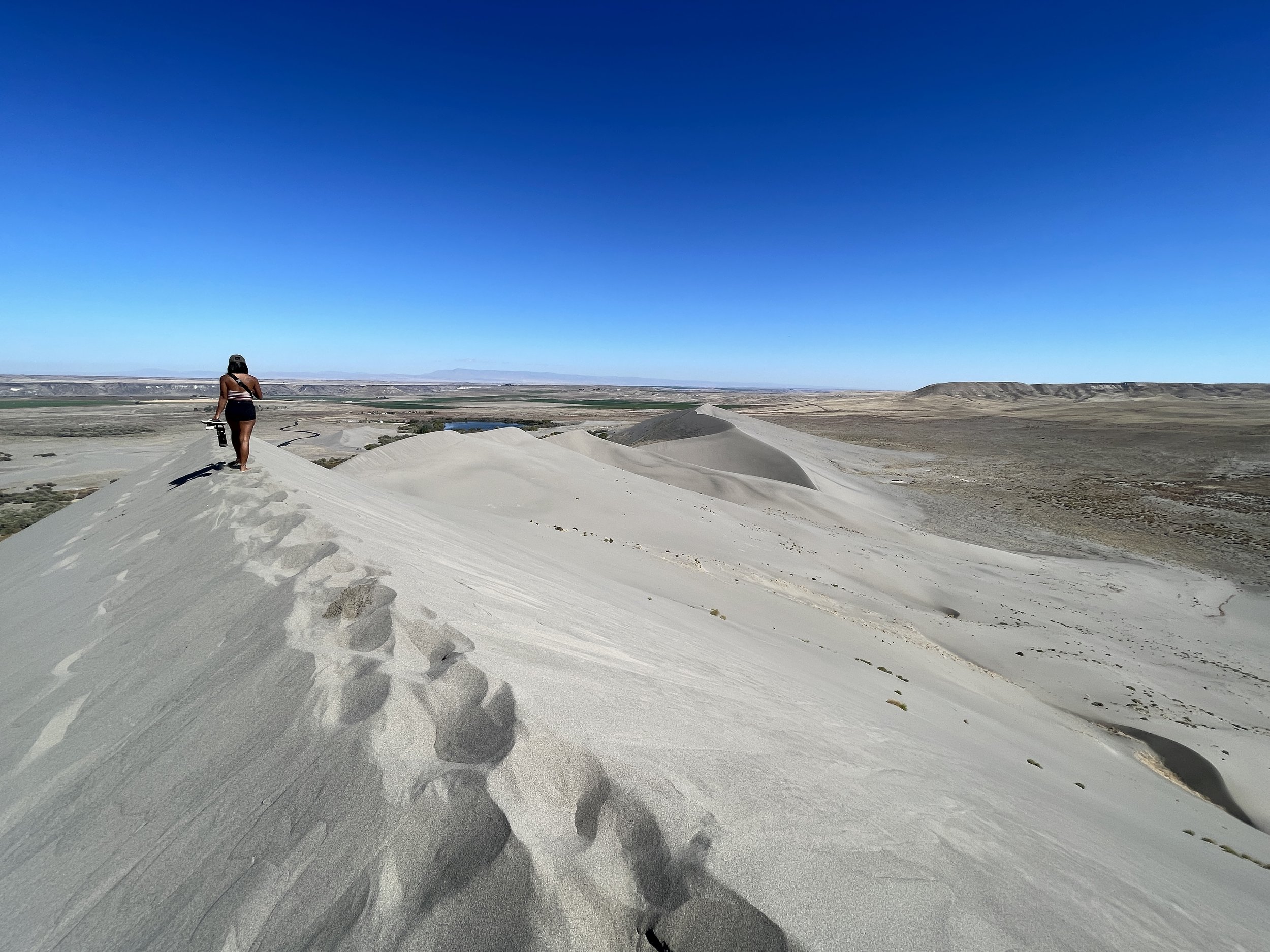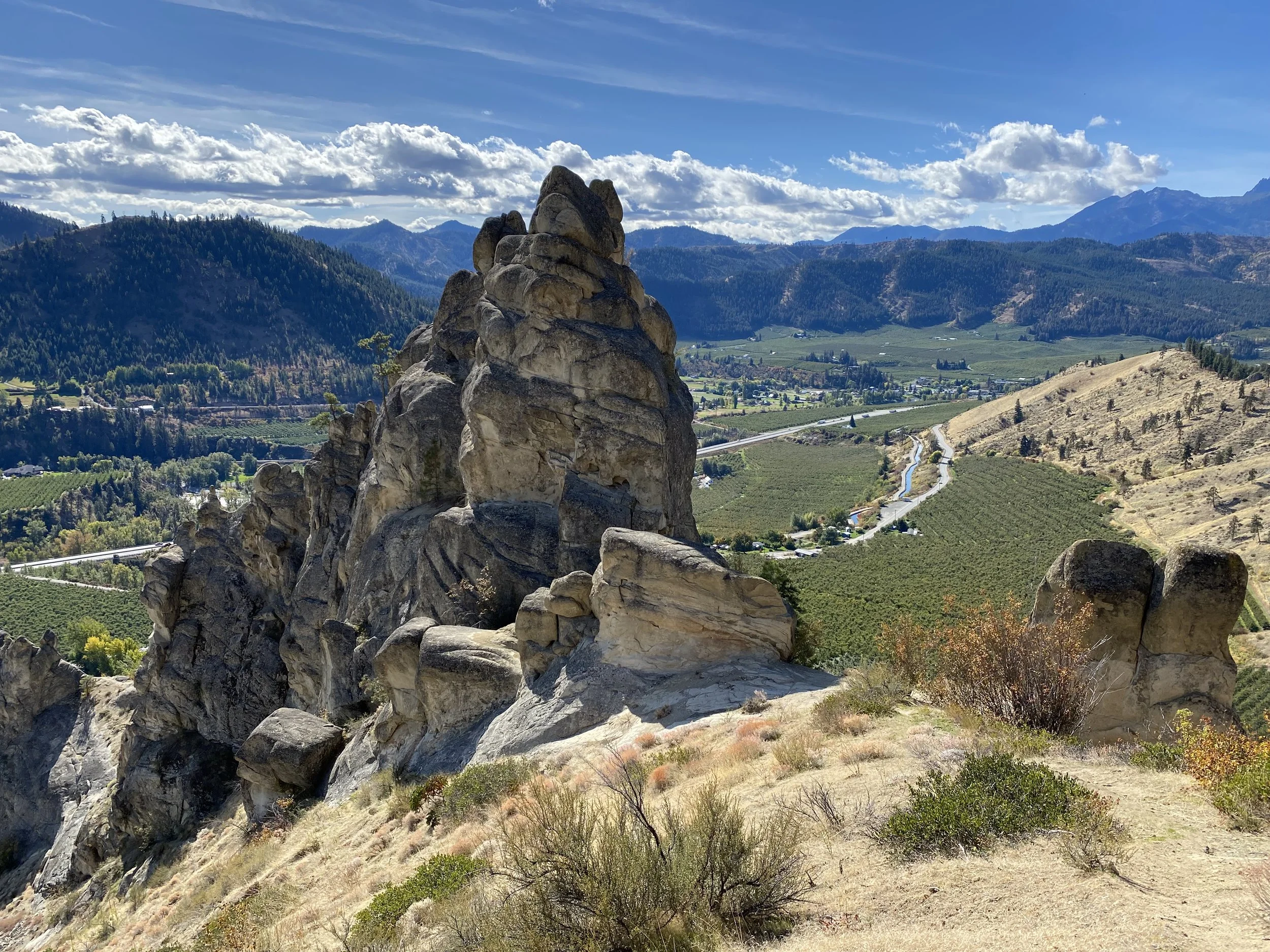Nag Tibba Trek: A Scenic Adventure in the Garhwal Himalayas
Nestled in the picturesque Garhwal Himalayas of Uttarakhand, India, the Nag Tibba trek stands as a testament to the raw and untamed beauty of the region. Offering a perfect blend of adventure and natural splendor, this trek has become a favorite among nature enthusiasts and adventure seekers.
Historical Significance:
The name "Nag Tibba" translates to "Serpent's Peak," and it's not just a whimsical moniker. The trek derives its name from the local belief that the mountain is the abode of 'Nag Devta' or the Snake God, which adds a touch of mystique to the journey. The region is dotted with temples dedicated to Nag Devta, where locals pay their respects. This blend of mythology and nature's grandeur makes the trek an enthralling experience.
Trek Overview:
At an elevation of approximately 9,915 feet (3,022 meters), Nag Tibba isn't the highest peak in the region, but it is certainly one of the most accessible and rewarding treks. The trek usually spans over two to three days, covering a distance of about 10-15 kilometers, making it an ideal choice for both beginners and experienced trekkers. Its accessibility from major cities like Dehradun and Mussoorie further adds to its appeal.
The Route:
The Nag Tibba trek commences from a small village called Pantwari, which is the base camp for the trek. Pantwari is easily accessible from Dehradun, which serves as the gateway to the Garhwal Himalayas. The trail is well-marked and is adorned with the enchanting beauty of the Himalayan forests and meadows.
The initial part of the trek winds through lush oak and rhododendron forests. These forests are particularly enchanting in spring when the rhododendrons are in full bloom, creating a vibrant tapestry of red and pink. As you ascend further, the landscape gradually transforms into a mix of coniferous trees and open meadows.
One of the highlights of the Nag Tibba trek is the quaint campsite at 'Jhandi Top,' which is an ideal spot for overnight camping. This campsite is a perfect place to catch a breathtaking sunrise and sunset while enjoying a bonfire under the star-studded Himalayan sky.
The final ascent to the Nag Tibba summit offers sweeping vistas of the Bandarpoonch, Kala Nag, Gangotri, and other significant peaks of the Garhwal Himalayas. The summit itself features a small temple, which is a place of worship for the locals and trekkers alike. It's here that you'll find a sense of accomplishment that only a Himalayan summit can provide.
Cultural Encounters:
The trek is also an opportunity to interact with the warm and hospitable locals of the region. The Garhwali culture is rich and has an aura of authenticity that captivates trekkers. While trekking, you may come across shepherds herding their sheep, and you can even take part in a bit of local farming with the villagers. These experiences can provide a deeper understanding of the culture and lifestyle of the Himalayan people.
Best Time to Trek:
The best time to embark on the Nag Tibba trek is during the spring and autumn months. From late March to early June, the trek offers lush greenery, blossoming flowers, and moderate temperatures. The period from late September to early December is equally enticing with clear skies, cool temperatures, and the added bonus of vibrant autumn foliage.
Challenges and Preparations:
Though Nag Tibba is considered a relatively easy trek, it's essential to be adequately prepared. The challenges you might face include uneven terrains, steep ascents, and unpredictable weather conditions, particularly in higher altitudes. Trekkers are advised to carry essential gear such as trekking boots, warm clothing, a raincoat, a backpack, a water bottle, and energy snacks. Additionally, a local guide can be invaluable in navigating the trail and ensuring your safety.
Environmental Conservation:
With the increasing popularity of the Nag Tibba trek, it's crucial for trekkers to adopt responsible and sustainable trekking practices. Always carry back your waste, minimize the use of single-use plastic, and respect the local flora and fauna. By being responsible, we can ensure that future generations can continue to enjoy the beauty of this region.
Conclusion:
In a world dominated by bustling cities and technology, treks like Nag Tibba provide a much-needed escape into the lap of nature. With its rich history, stunning landscapes, and cultural encounters, the Nag Tibba trek is an adventure that every trekking enthusiast should experience. Whether you're a novice or an experienced trekker, this journey through the Garhwal Himalayas will leave you with a sense of awe and wonder, and memories to cherish for a lifetime. So, pack your bags, lace up your boots, and get ready to explore the incredible beauty of Nag Tibba.












